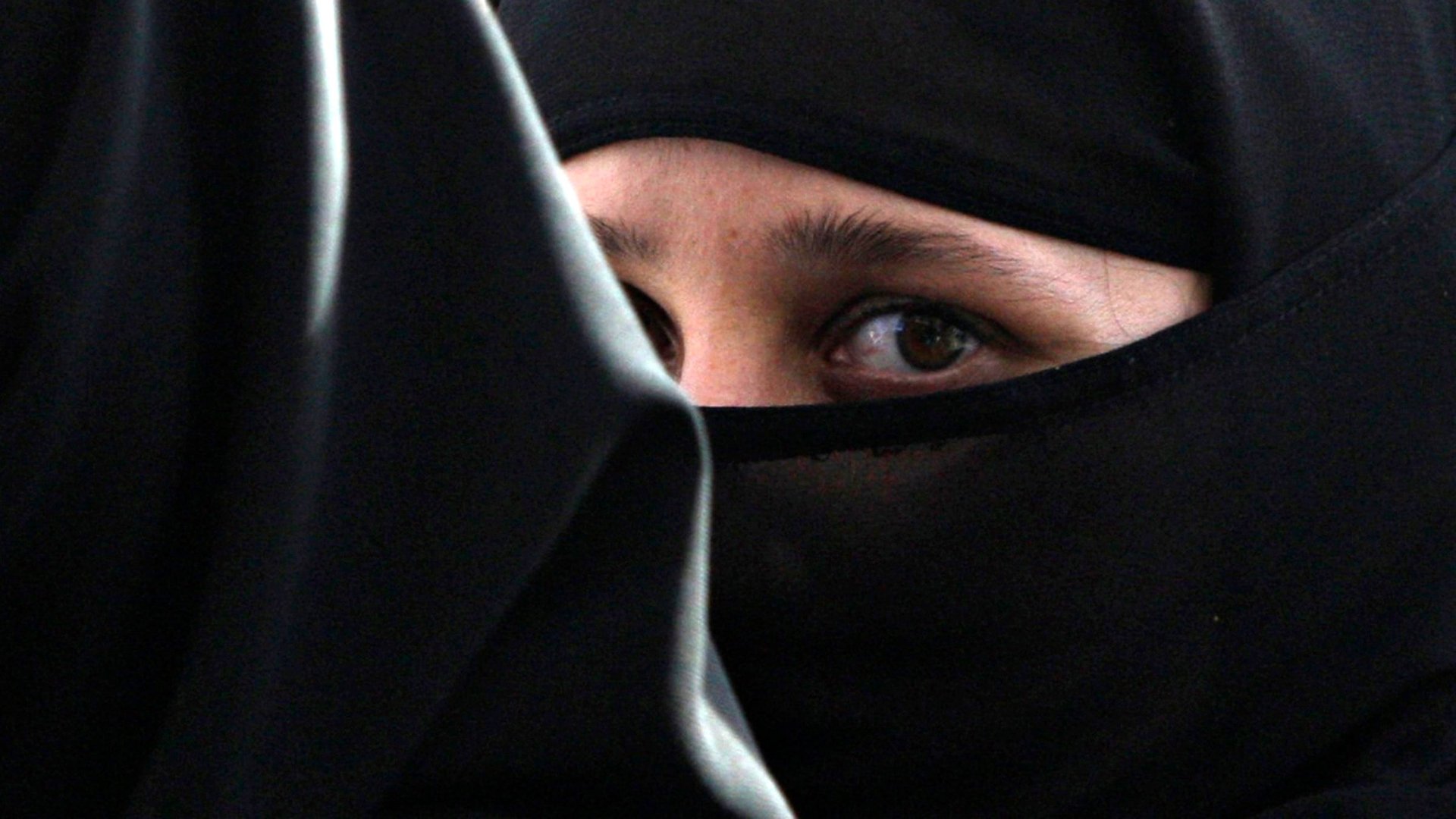The burqa is coming to the rescue of Pakistani women
Pakistan needs a superhero. Why not one that comes dressed in a burqa?


Pakistan needs a superhero. Why not one that comes dressed in a burqa?
Pakistan’s first original animated series, provocatively titled Burka Avenger, made its television debut yesterday but its premise—that of a mild-mannered teacher named Jiya who dons a full veil while exhibiting Matrix-inspired moves to frighten off village baddies intent on closing down a girl’s school—has already stirred up controversy.
The fundamental message behind the cartoon is hardly at issue. Burka Avenger fights for women’s rights and education, using pens and books as her weapons of choice against campy Taliban bandits. By any measure, her mission is a moral one, especially in the wake of the horrific shooting of teenage education advocate Malala Yousafzai. But the message of the cartoon is being drowned out by critics who take offense at the decision to mask the superhero in a full veil. And that is a shame.
The face veil, or burqa, is seen by many as a symbol of female oppression, rendering the women enveloped in its folds as invisible. It has inspired supporters of Femen, the Ukrainian women’s rights group, to bare their breasts in protest at the subjugation of Muslim women. On the flip side, it has also led to a political backlash and riots in France, following that country’s decision to enforce its controversial ban on face veils. There is no doubt that the mere mention of the veil stirs deep feelings.
Burka Avenger has, likewise, elicited strong response. Pakistani columnist Huma Yusuf tweeted “Why couldn’t she be a Dupatta Dhamaka in a shalwar kameez and dupatta, which is more in keeping with who we are?” (Dupatta is the scarf worn over a woman’s outfit; dhamaka is a firecracker.) Feminist blogger Bina Shah questions whether the choice of attire is appropriate for Pakistan’s first female superhero, adding “it will horrify me if little girls start wearing burkas in imitation of their hero, because that would be indoctrination of the worst kind.”
These points are an unnecessary distraction from the social message of the cartoon. Yes, Pakistani girls wear the traditional shalwar kameez and dupattas. But in the regions of Pakistan that face the most challenges in female education—outside of the more modern cities in Pakistan—that attire is often covered by a burqa. The veil, for these girls, is very much in keeping with who they are. They shouldn’t be made to feel ashamed of themselves for wearing it.
Indoctrination is also a stretch. The Burka Avenger is not the first female comic character to don a veil. X-Men fans around the world have already been exposed to Afghani mutant superhero, Dust, who chooses to keep herself veiled even after studying at the very liberal and Westernized Xavier Institute. There has hardly been a rush amongst Marvel fans to suddenly wrap themselves in shapeless black cloth.
The use of the burqa, if anything, gives the character more universal appeal in a country that is deeply divided. Conservatives can feel appeased that the female superhero is covered. Liberals can rejoice that when the teacher Jiya is not facing villains, she wears a simple shalwar kameez and her hair is uncovered. The ability for one character to appeal to both sides should give hope that the message will reach a wider audience. With a literacy rate among Pakistani women at an appalling 40.3%, the country needs as much support for this issue as possible.
At its heart, Burka Avenger aims to teach its target audience of children about female empowerment. To that end, the first episode succeeds in drilling that point home in no uncertain terms. In an interview with the Washington Post, Pakistani pop star Haroon, who created the cartoon, said: “That we are trying to subjugate women is completely incorrect. ’The Burka Avenger’ is all about women’s empowerment. All superheroes have disguises. The burka simply is hers.”